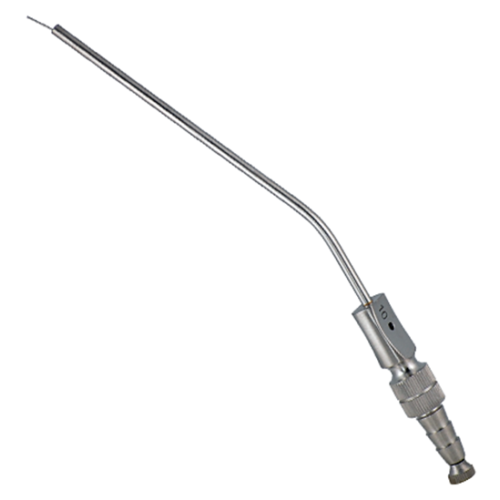The advancement of medical technology has transformed many aspects of healthcare, including the development and design of suction tubes. As surgical procedures become more complex and the demand for precision increases, suction tubes have evolved to meet these challenges. This blog explores the technological advancements in suction tube design, their benefits, and their impact on surgical practices.
Historical Perspective
Suction tubes have been used in medicine for decades, but their design has evolved significantly. Early suction devices were simple and often lacked the precision required for delicate surgical procedures. Over time, innovations in materials and engineering have led to the development of advanced suction tubes that offer enhanced functionality and safety.
Key Technological Advancements
- Materials and Durability
- Modern suction tubes are often made from high-quality, flexible materials such as medical-grade silicone and polyvinyl chloride (PVC). These materials not only provide durability and resistance to corrosion but also enhance patient comfort during use. The transition to more advanced materials has improved the overall performance and lifespan of suction tubes.
- Ergonomic Designs
- Advances in ergonomic design have made suction tubes easier to handle, reducing surgeon fatigue during prolonged procedures. Features such as textured grips and lightweight constructions allow for better control and maneuverability, enabling surgeons to focus on the procedure without distraction.
- Integrated Features
- Many modern suction tubes now come with integrated features such as adjustable suction settings and built-in valves. These innovations allow for precise control over the suction strength, reducing the risk of damaging surrounding tissues and enhancing the effectiveness of fluid removal.
- Smart Technology Integration
- The incorporation of smart technology is revolutionizing suction tube design. Devices equipped with sensors can provide real-time feedback on fluid levels and suction strength, allowing healthcare professionals to adjust their techniques as needed. This integration enhances surgical precision and safety.
- Disposability and Sterilization
- Advances in materials have also improved the disposability and sterilization of suction tubes. Many devices are designed for single-use, reducing the risk of cross-contamination and infection. For reusable tubes, advancements in sterilization techniques ensure that they can be effectively cleaned and maintained between uses.
Benefits of Advanced Suction Tube Technology
- Enhanced Surgical Precision
- The advancements in suction tube technology allow for greater precision in fluid removal, minimizing the risk of complications and improving surgical outcomes. Surgeons can perform procedures with more confidence, knowing they have reliable tools at their disposal.
- Improved Patient Comfort
- Modern suction tubes are designed with patient comfort in mind. Flexible materials and ergonomic shapes reduce discomfort during use, leading to better overall patient experiences and faster recovery times.
- Reduced Surgical Times
- With the enhanced efficiency of modern suction tubes, surgical teams can work more quickly and effectively. The ability to control suction strength and fluid removal contributes to streamlined workflows, ultimately reducing the time spent in the operating room.
- Increased Safety
- Advanced suction tubes help minimize the risk of surgical complications, such as tissue damage or infection. With improved designs and technology, healthcare professionals can provide safer and more effective care to their patients.
Conclusion
The evolution of suction tube technology has significantly impacted surgical practices, enhancing precision, safety, and patient comfort. As advancements continue, these devices will play an even more critical role in the operating room and various medical specialties. Embracing these innovations will ensure that healthcare professionals can provide the highest standard of care to their patients.





Comments